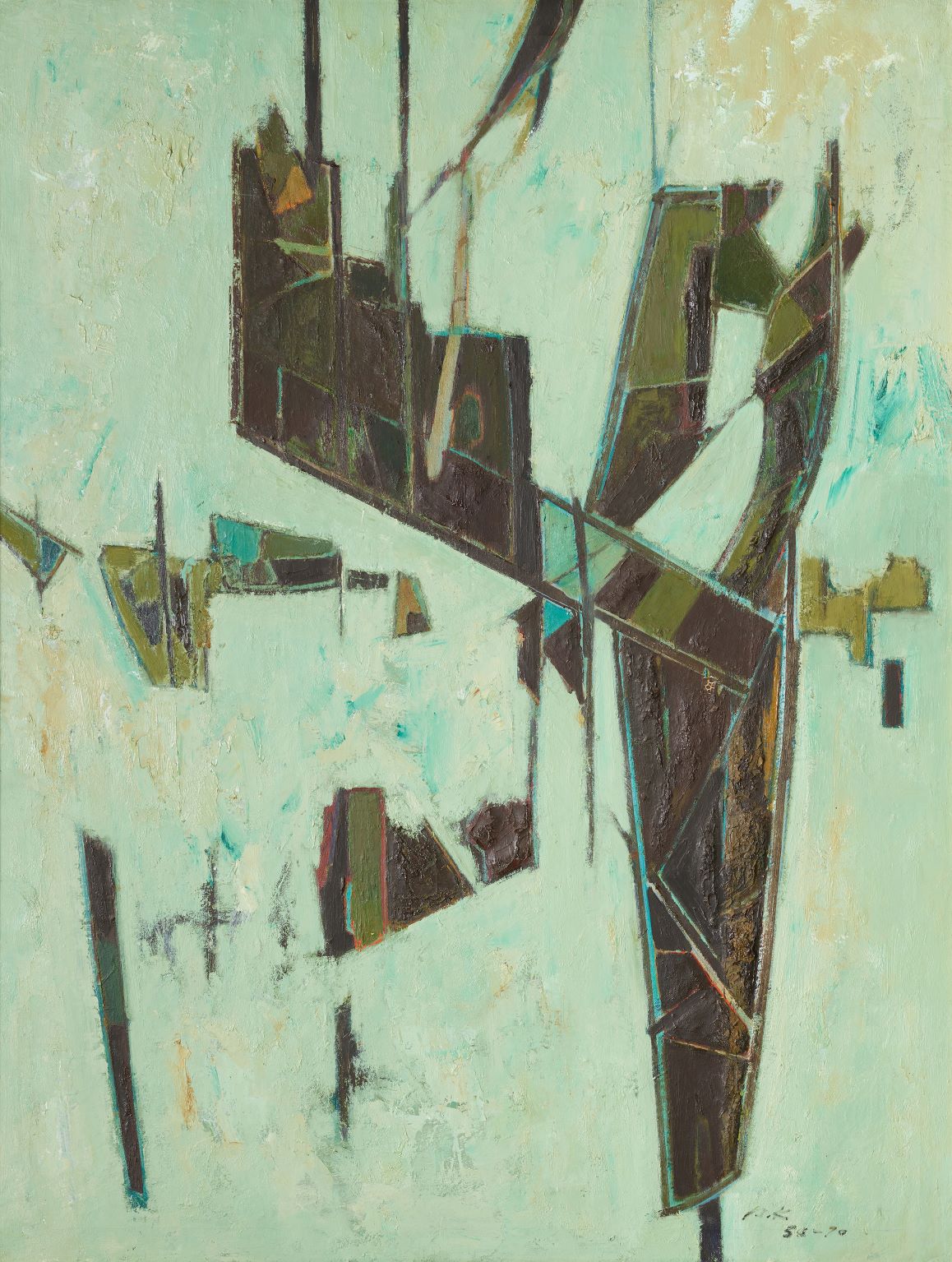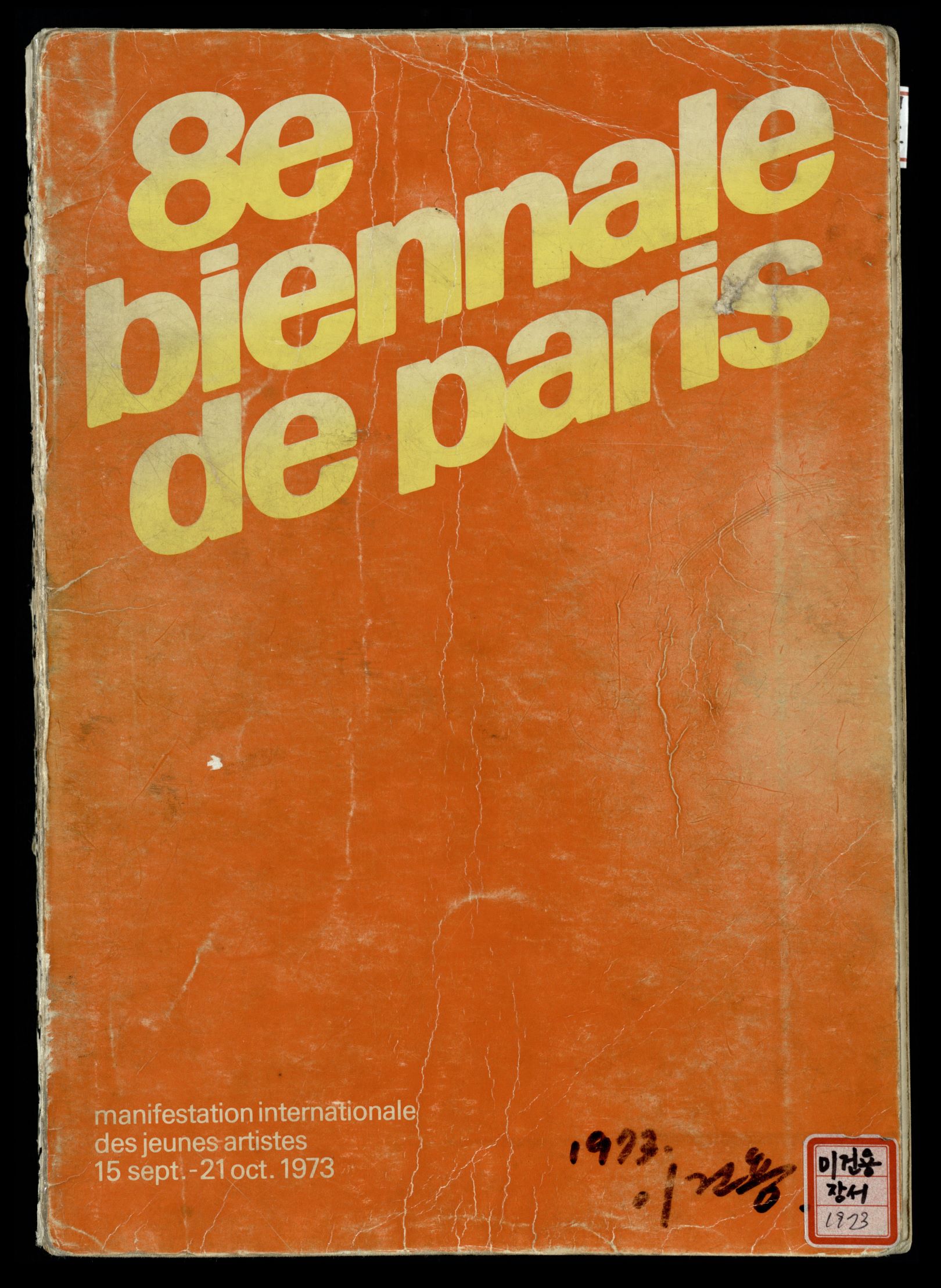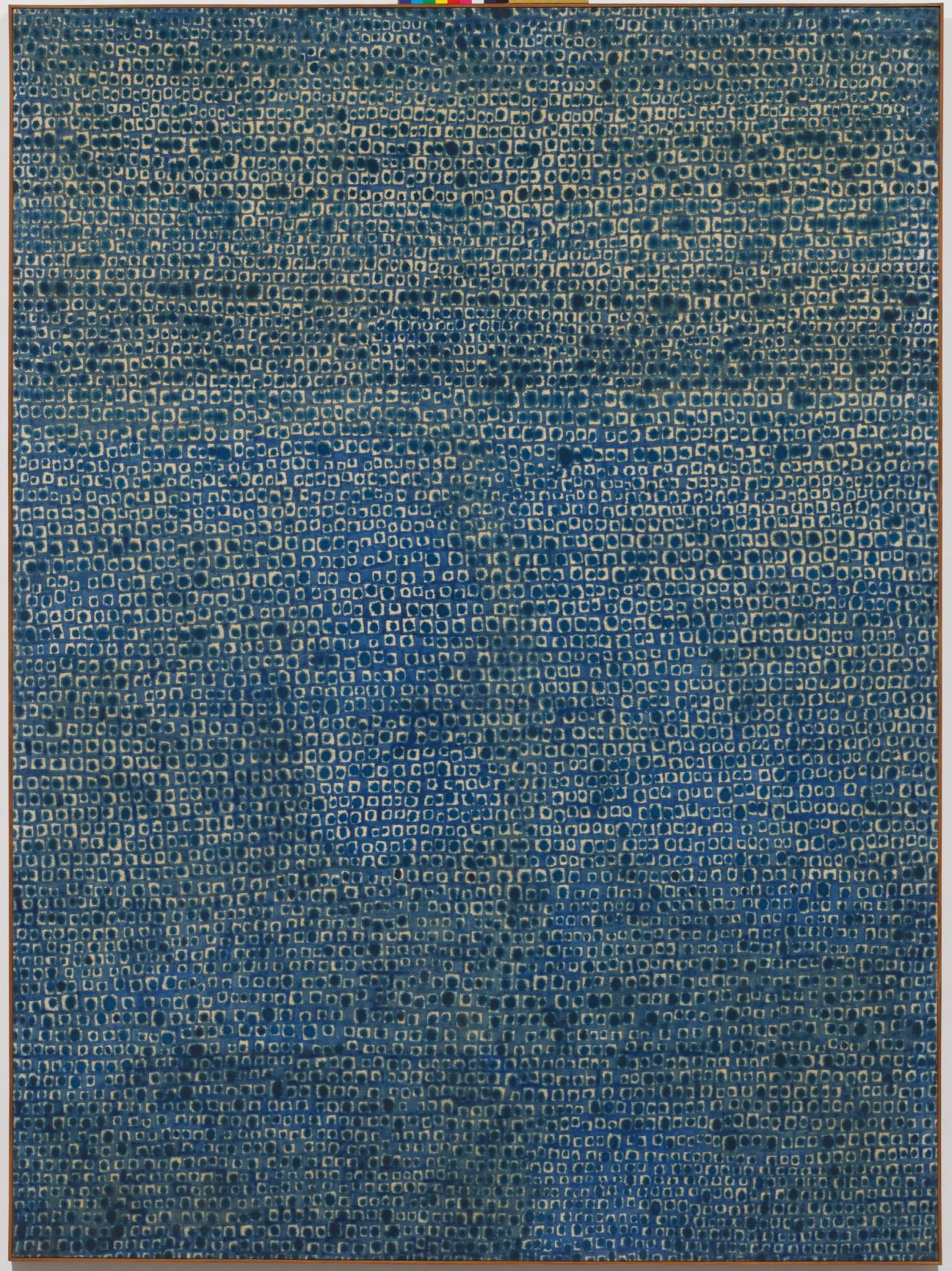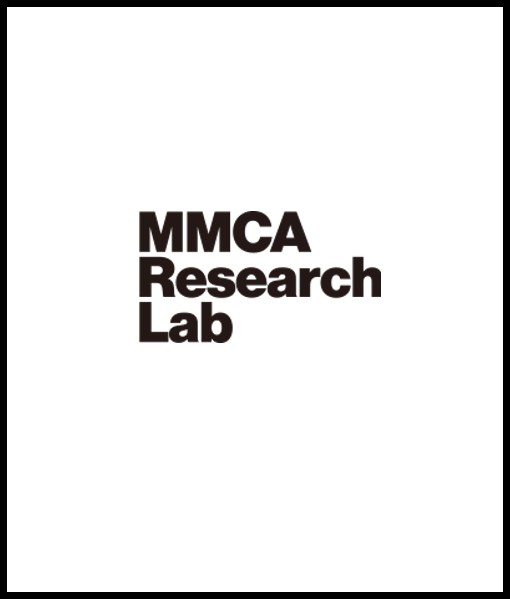
Kim Byungki, Street Trees, 1956-1970, Oil on canvas, 125.5x96cm. MMCA collection
Kim Byungki
* Source: MMCA
Related
-

Paris Biennale
The Paris Biennale was an international art exhibition held at the Musée d’Art Moderne de la Ville de Paris from 1959 to 1985. The exhibition only accepted works from younger artists aged 20 to 35. Artists could submit to different categories, such as painting, sculpture, print, and drawing as long their works were created within the four years prior to submission. Unlike other Biennales, the Paris Biennale did not award any prizes. Instead, the committee selected specific works from each genre and offered grants and exhibition opportunities to the selected artists. Korean artists were invited to the first Paris Biennale in 1959, but they only began to participate from the second Paris Biennale in 1961. The committee of the Hyundae Fine Artists Association [Hyeondae misulga hyeopoe], delegated by the Korean Minister of Education, selected participating artists, such as Chang Seongsoun, Chung Changsup, Cho Yongik, and Kim Tschang-yeul for the second; Park Seobo, Youn Myeungro, Choi Kiwon, Kim Bongtae for the third; and Chung Sanghwa, Ha Chonghyun, Jeong Yeong-il, Lee Yangno, Choi Manlin, Park Chongbae, and Kim Chonghak for the fourth. However, after the seventh Biennale in 1963, the Korean Artists Association [Hanguk misul hyeopoe] began to question the fairness of the selection process, and the committee began to invite public submissions from the eighth Biennale onward. The Paris Biennale became a new turning point for Korean artists of the 1960s Art Informel generation by providing an opportunity for them to experience and experiment with new styles.
-

Abstract art
A term which can be used to describe any non-figurative painting or sculpture. Abstract art is also called non-representational art or non-objective art, and throughout the 20th century has constituted an important current in the development of Modernist art. In Korea, Abstract art was first introduced by Kim Whanki and Yoo Youngkuk, students in Japan who had participated in the Free Artists Association and the Avant-Garde Group Exhibition during the late 1930s. These artists, however, had little influence in Korea, and abstract art flourished only after the Korean War. In the 1950s so called “Cubist images,” which separated the object into numerous overlapping shapes, were often described as Abstractionist, but only with the emergence of Informel painting in the late 1950s could the term “abstract” be strictly used to describe the creation of works that did not reference any exterior subject matter. The abstract movements of geometric abstractionism and dansaekhwa dominated the art establishment in Korea in the late-1970s. By the 1980s, however, with the rising interest in the politically focused figurative art of Minjung, abstraction was often criticized as aestheticist, elitist, and Western-centric.
-

Sao Paulo Art Biennial
The Sao Paulo Art Biennial is an international exposition which started in 1951. The Sao Paulo Museum of Modern Art was the main venue for the event until 1957 when it moved to Ciccillo Matarazzo Pavilion. The exposition has the second longest history next to the Venice Biennale, and shares similar features with Venice, regarding the commissioner system and the use of themed exhibitions. South Korea expanded cultural exchange programs within the program since diplomatic relations were established in 1959 and began to officially participate in the Biennales after 1963. Kim Whanki, the chairman of the board of the Korean Art Association, served as the first commissioner in 1959, and seven artists including Yoo Youngkuk, Kim Youngjoo, Kim Kichang, Yoo Kangyul, Han Yongjin, Suh Seok, and Kim Whanki himself, submitted works to the exhibition. Their art pieces were previewed at the Korean Information Service Gallery in Seoul between June 14 and June 16. Over the last 70 years, Kim Bokyoung, Seo Seong-rok, Kim Youngho, Yoon Jinsup, and Oh Sang-Ghil have all been appointed as commissioners to the Biennale.
Find More
-

War Documentation Art Exhibition
War Documentation Art Exhibition was the third exhibition of the war correspondent painters, who were part of the Ministry of Defense during the Korean War. It was held from September 28 to October 4, 1951 at the former diplomatic club building in the provisional wartime capital of Busan. During the Korean War, many artists served in the army, navy, and air force as war painters or in the art troupes, and the central organization for these artists was the Ministry of National Defense’s military painters’ group. Established on June 25 in 1951, the War Artist Corps, belonging to the Ministry of National Defense, had about 40 members, with Lee Madong as the director, Kim Byungki as the vice director, and Lee Seduk as the secretary. During the Korean War, the War Artist Corps held more than ten exhibitions. The group had previously existed under various names and affiliations but was officially established in June 1951 and took over the name of the former military War Artist Corps. Their first exhibition was held in March 1951 at the Daegu Public Information Service and featured many frontline sketches and portraits of generals, which were mostly props. Unlike the second exhibition in June 1951, which was a small-scale exhibition, the third exhibition, War Documentation Art Exhibition, was a full-scale exhibition held by the War Artist Corps as it was officially established in Daegu. By holding the exhibition alongside an official military event, the group revealed its presence. On September 28, 1951, the first joint memorial service for fallen soldiers of the army, navy, and air force was held at the Infantry School in Dongnae, Busan, and September 28 was also “the First Seoul Recapture Day." The War Painters Group is an organization of the Korean Armed Forces that took part in the commemoration of the day when the Incheon Landing Operation stopped North Korea's advance and restored Seoul. They played their part by holding an exhibition, and more than a hundred of their sketches documenting the war were on display.
-

Special Exhibition of Modern Korean Painting
The Special Exhibition of Modern Korean Painting was the first special exhibition to be held after the National Museum moved to the Namsan branch (former National Museum of Ethnography) in 1954 following the retreat to Busan. It was held from January 16 through March 31 to reflect on the traces and achievements of Korean modern painting for the past fifty years. It was curated by Choi Soonwoo in collaboration with Lee Kyungsung, Kim Whanki, and Chung Kyu. It featured works by Kwon Okyon, Kim Insoong, Kim Byungki, Kim Whanki, Kim Sou, To Sangbong, Ryu Kyungchai, Moon Shin, Park Kosuk, Park Deuksoon, Park Sungwhan, Park Sookeun, Park Youngseun, Son Eungsung, Song Hyaesoo, Yoo Youngkuk, Lee Kyusang, Lee Daiwon, Lee Madong, Lee Bongsang, Lee Seduk, Lee Chongwoo, Lee Joon, Chang Ucchin, Chung Kyu, Cho Byungduk, Han Mook, and Hwang Yeomsoo. During the exhibition, the museum provided a five-day lecture series on contemporary art taught by Park Kosuk, Lee Bongsang, Kim Byungki, Kim Sou, and Chung Kyu at its auditorium.






